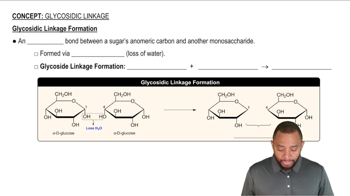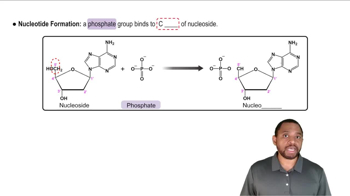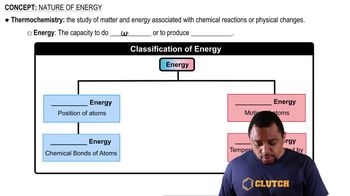Draw the condensed structural formulas for a and b and line-angle formulas for c and d:
d. methyl propanoate

 Verified step by step guidance
Verified step by step guidance Verified video answer for a similar problem:
Verified video answer for a similar problem:



 :59m
:59mMaster IUPAC Rules for Naming Esters Concept 1 with a bite sized video explanation from Jules
Start learning